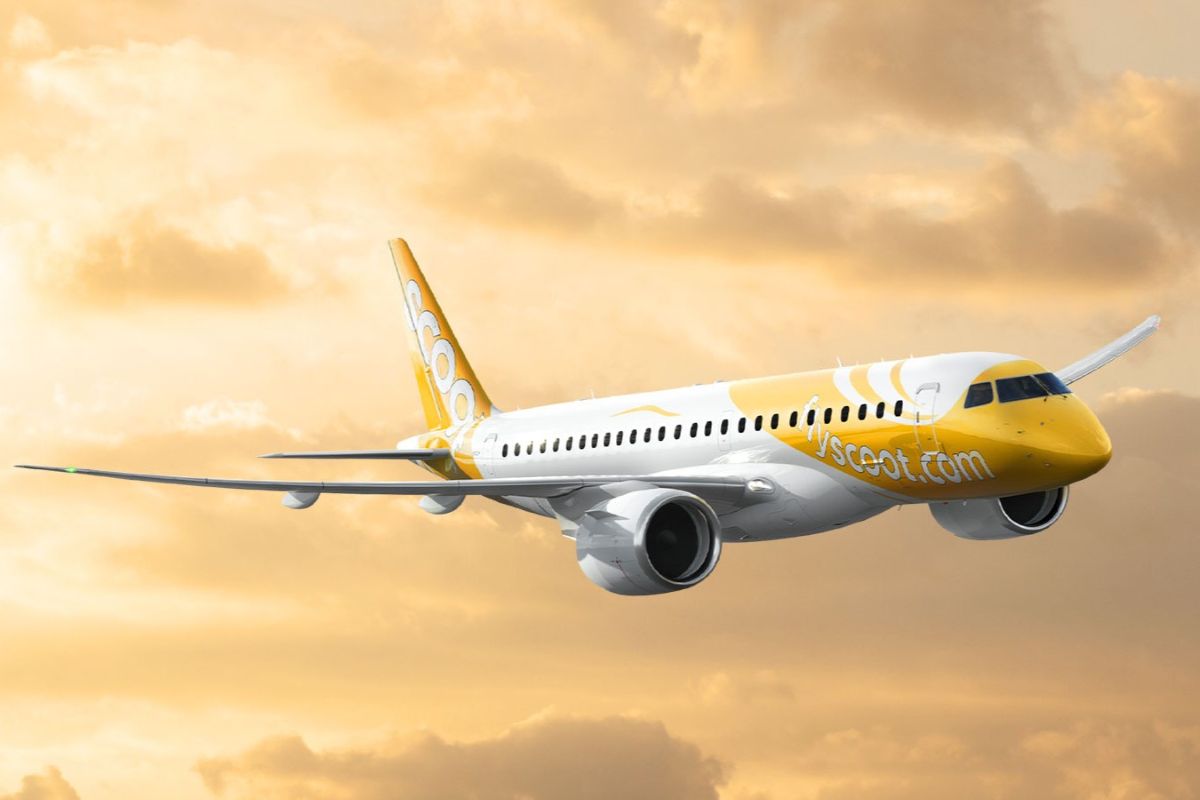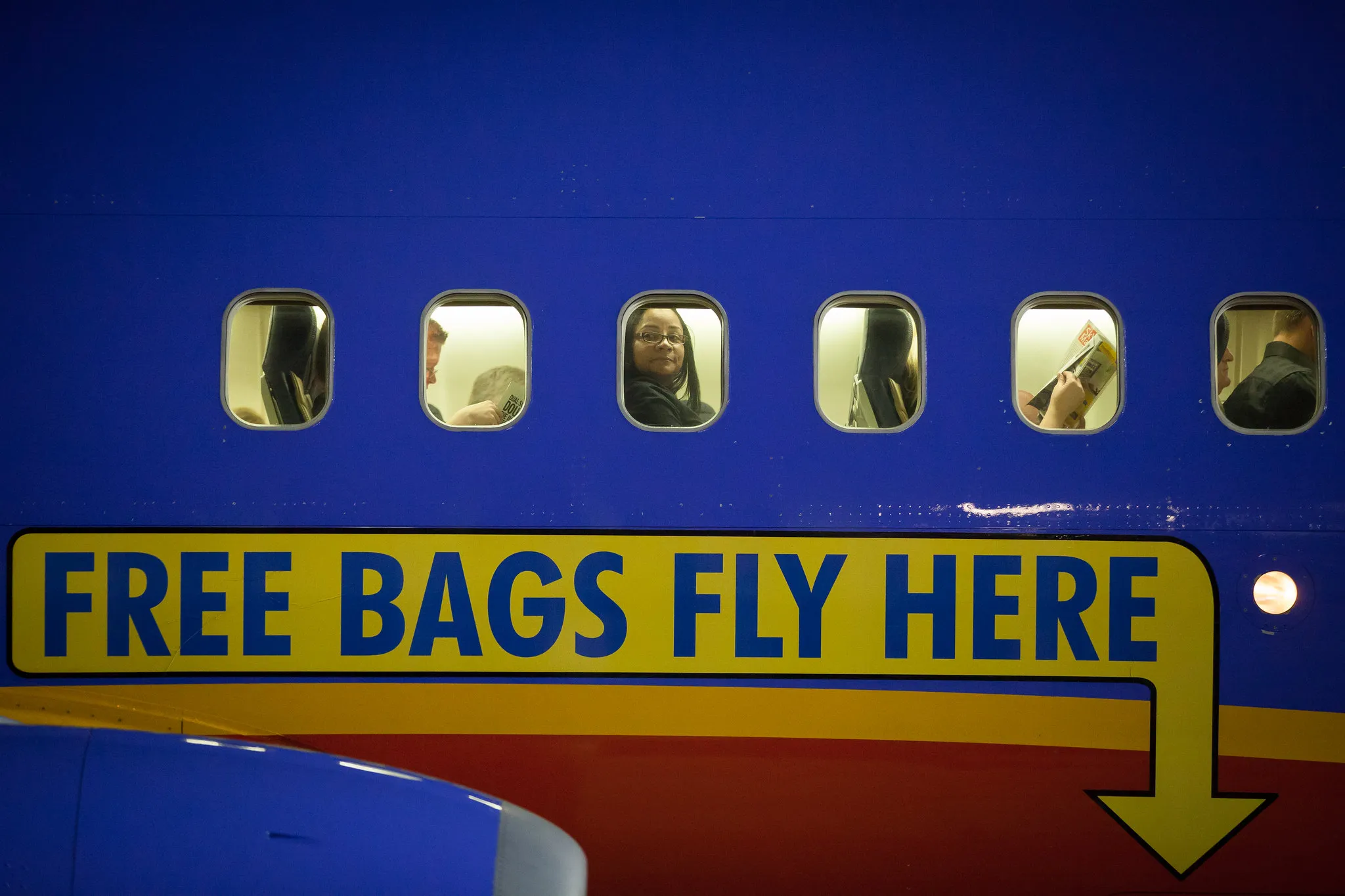Trip.com Bolsters Flight Search Engine to Boost European Bookings

Skift Take
When Trip.com Group released its financial numbers on Thursday, analysts understandably focused on details about consumer buying patterns and forecasts about border restrictions lifting, the company's partnerships with destination marketing organizations, and management forecasts for revenue and profit.
But for European airline executives, an equally interesting story has been how the online travel conglomerate has been using its technology stack, particularly its flight search engine, to become a worthwhile channel for distributing tickets and ancillary products, such as extra legroom.
"Our flight search engine is completely designed and implemented in-house," said Yudong Tan, CEO of the Flight Business Group, Trip.com Group, in an interview. "It has been at the core of our competitiveness in our flight business at Ctrip and Trip.com."
Trip.com's market share in the European market has increased by nearly five times since the start of the year, Tan told attendees at a company event in Macau earlier this month.
In the second quarter, Trip.com registered double-digit growth in overseas new registered users in Europe compared with the first quarter, Tan said. These European performance figures were for Trip.com, the group's international online agency brand, and not subsidiaries such as price-comparison brand Skyscanner.
Trip.com's behind-the-scenes software appears to have played a significant role in this market share gain, given that the company's overseas paid marketing expenditures have been relatively modest this year.
The Enterprise Tech Behind the Growth
An internal search engine is critical to an online travel company because it picks which flights to display from thousands. The calculations are mind-boggling to compute, and many airlines, such as Delta and United, hire data-crunching specialists such as Google's ITA Software to run the numbers on their behalf for their own needs. The flight search engine also has to calculate which flights are best by factors such as connection and transit time.
The flight search engine helped find flights and ancillary products and price them in a way that matched consumer demand better than other brands.
Smart pricing matters when Trip.com competes in metasearch channels mainly on lower price rather than buying marquee positions in ad auctions on Google or the one it owns in Europe, Skyscanner.
"For Ctrip and Trip.com, we may have different pricing strategies in different markets," Tan said. "The control over pricing is centralized in the revenue management team. Local offices can give advice and feedback based on the local market situation."
Earlier this month, Trip.com signed a deal with Montreal-based travel startup Hopper to add an additional pricing tool. Trip.com users will be able to freeze a flight price for up to 14 days by using software via Hopper's business-to-business service, Hopper Cloud.
"At this point, we only plan to use their “price freeze” services on Trip.com in the North America and Europe markets," Tan said, speaking for the Trip.com brand.
Trip.com's increasing volume of sales will attract the notice of airline executives, who will take newcomer Trip.com more seriously as a brand and may provide it more often with their best inventory — an input that will, in turn, fuel Trip.com's competitiveness further.
Today, Trip.com's flight search engine can offer up to 15 ancillary products that airlines might want to sell, Tan said. The company plans to improve the engine's capabilities further.
Several airlines increasingly want to distribute their airfares and ancillaries in bundles displayed in particular ways to encourage upselling as part of a concept loosely known as the new distribution capability (NDC). Trip.com Group owns Travelfusion, one of the tech vendors, similar to Accelya or AirGateway and Verteil, that help aggregate airline NDC content for onward distribution to travel agencies.
"Trip.com has a lot of cooperation with Travelfusion to enhance the distribution technology of NDC," Tan said. "We are investigating the possibilities of integrating NDC content into our own flight search engine in order to overcome the look-to-book ration problem that a lot of NDC providers are suffering. We are eager to collaborate with all airlines in this area."
In other words, the method that airlines use to distribute their new distribution capability content via aggregators like Travelfusion can sometimes cause hiccups, slowing the speed of displaying accurate results to end shoppers. Trip.com, like others, is looking for tighter technical connections to smooth out the glitches.
Turning to Amadeus
Earlier this year, Trip.com Group selected Madrid-based Amadeus's Custom Search Solutions to help Trip.com's platforms manage rising volumes of online demand in a cloud-based, scalable way that claims to be cost-efficient.
"Amadeus’ search solution is complementary to our own search engine [for Trip.com]," Tan said. "It helps improve the coverage and accuracy of our search results."
Interestingly Trip.com Group doesn't have a single flight engine shared by all brands, such as price-comparison brands Skyscanner and Qunar.
"But the brands do share distribution permissible contents and resources through APIs [application programming interfaces, or methods of exchanging data]," Tan said. "This structure gives a lot of flexibility to each company in Trip.com Group and allows them to iterate their technology and products quickly for their own targeted markets."
"Every company in Trip.com Group can pick competitive products from others via APIs," Tan said. "As a result, every company can reach global markets and maximize distribution efficiency."
In another recent wrinkle, Trip.com in 2020 acquired Travix, an online travel company headquartered in the Netherlands but with a growing engineering team in Shanghai. The move underscored Trip.com Group's interest in the European market.
In the three months ending September 30, Trip.com's air ticket sales in Europe rose 170 percent over sales in the quarter of April through June, the group reported on Thursday. While that mostly reflects a recovery in European travel demand as vaccination rates rose, it also underscores how Trip.com Group's behind-the-scenes technology may be giving the Chinese travel powerhouse an edge as it competes internationally.





